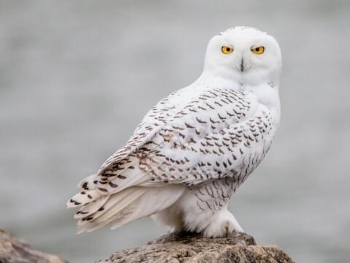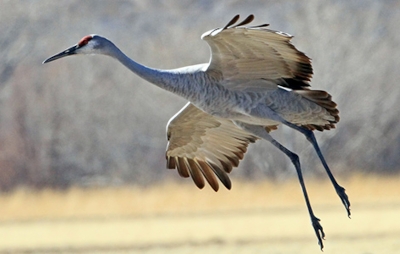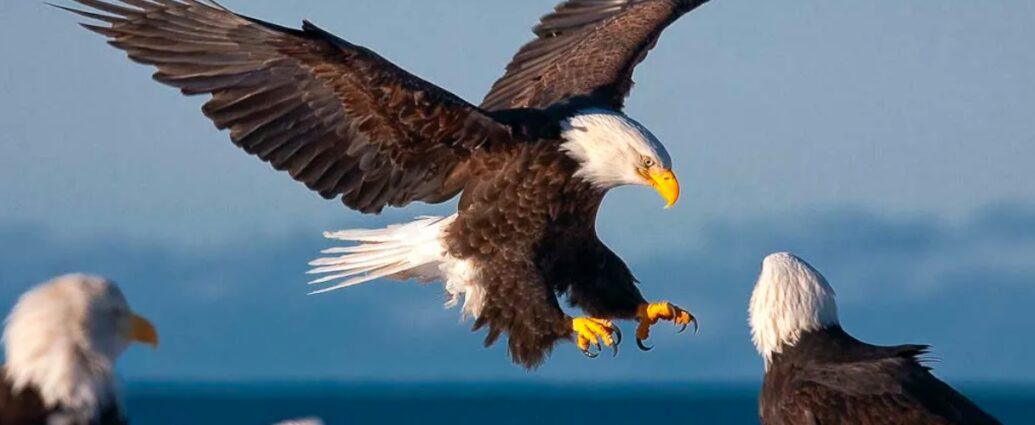The feeders are busy. Chickadees, Juncos, Titmice, Finches, Woodpeckers, Cardinals, Jays – the colors of winter are owned by birds of the driftless winter.
As weather sets in, the truest form of meteorology is watching the birds fill beaks prior to the weather front invading our skies. As voyeurs, we sit with a book and a mug steaming from the comfort of the opposite side of glass. We count and marvel; we watch and learn as the birds of midwestern winter fly in and fly out of our feeders reminding us that life is active even as the winter wind hangs on. Birds seem to remind us that the season will soon trend to warmer breezes.
Sir David Attenborough, an infamous narrator and advocate of nature stated proudly, “An understanding of the natural world and what’s in it is a source of not only a great curiosity but great fulfillment.” More specifically for many of us in the Driftless area, the source of this fulfillment in the natural world is by watching our fine feathered friends. Many of us hang feeders and suet cakes to help ourselves into their little lives. Truly – we gain while they feast
 Birdwatching, as a hobby, is a venture for the common man into a rich man’s bad habit. There was a vast history of collecting and harvesting birds that was quite popular to the nobility of early America. Rich plumage was a badge of honor and wealth positioned on the hat of women – yet, thankfully by the end of the 19th century – recording and watching birds became a replacement for most. For some, birdwatching happens from the comfort of a home – yet for others it is an obsession of travel to catch a rare sighting.
Birdwatching, as a hobby, is a venture for the common man into a rich man’s bad habit. There was a vast history of collecting and harvesting birds that was quite popular to the nobility of early America. Rich plumage was a badge of honor and wealth positioned on the hat of women – yet, thankfully by the end of the 19th century – recording and watching birds became a replacement for most. For some, birdwatching happens from the comfort of a home – yet for others it is an obsession of travel to catch a rare sighting.
 Most recently, a Snowy owl sighting had birders scrambling for photos or the rare glimpse as it ventured south near Madison, Wisconsin. Bubo Scandiacus, Snowy owls, are native to the Arctic region and tend to call northern Canada home (www.audubon.org/field-guide/bird/snowy-owl). During the winter months, though, they’re known to migrate south to southern Canada and the Northern U.S., including Wisconsin looking for similar habitat and an easy meal. Maybe it’s the connection to Hedwig, Harry Potter’s magical owl, or the fact that it looms in size, novice birders seek out and post on social media when this bird is around. Just as quickly as they visit us in their south, they will return to the arctic homes beyond our reach.
Most recently, a Snowy owl sighting had birders scrambling for photos or the rare glimpse as it ventured south near Madison, Wisconsin. Bubo Scandiacus, Snowy owls, are native to the Arctic region and tend to call northern Canada home (www.audubon.org/field-guide/bird/snowy-owl). During the winter months, though, they’re known to migrate south to southern Canada and the Northern U.S., including Wisconsin looking for similar habitat and an easy meal. Maybe it’s the connection to Hedwig, Harry Potter’s magical owl, or the fact that it looms in size, novice birders seek out and post on social media when this bird is around. Just as quickly as they visit us in their south, they will return to the arctic homes beyond our reach.
 Riverways and coastlines are the habitual migration routes of birds – and all of us in the driftless zone are fortunate enough to reap the benefits of the Mississippi flyway. Birds from south of the Gulf of Mexico will gather and use the Mississippi River as guidance very soon. The winter residents will be joined by their warmer-blooded cousins and add more colors to the palette. One of the finest signs of spring is the call of a red-winged blackbird or the croon of a Sandhill crane. The river valleys, prairies, and forests will be teaming with returning species that become part of the sounds of the warmer seasons.
Riverways and coastlines are the habitual migration routes of birds – and all of us in the driftless zone are fortunate enough to reap the benefits of the Mississippi flyway. Birds from south of the Gulf of Mexico will gather and use the Mississippi River as guidance very soon. The winter residents will be joined by their warmer-blooded cousins and add more colors to the palette. One of the finest signs of spring is the call of a red-winged blackbird or the croon of a Sandhill crane. The river valleys, prairies, and forests will be teaming with returning species that become part of the sounds of the warmer seasons.
The joy of birdwatching can be easily quantified by its popularity on social media. As an example, River Valley Birders share the joy of capturing the moment of seeing a bird. Over 500 ‘friends’ share a common experience without capturing, collecting, or harvesting a single bird – Victorian women would be ashamed. Yet, the year round awe of noticing our winged neighbors adds to our enjoyment of the driftless area. The activity is an easy “addition to” our travels. As we travel past Trempealeau, we look for the swans or as we bike a trail near Sparta, we listen for the Bald Eagles – either way to add to our experience by noticing the uniqueness of them. “Everyone likes birds. What wild creature is more accessible to our eyes and ears, as close to us and everyone in the world, as universal as a bird?” Sir David Attenborough. Thank you sir, I completely agree.
-Loren G. Glasbrenner

